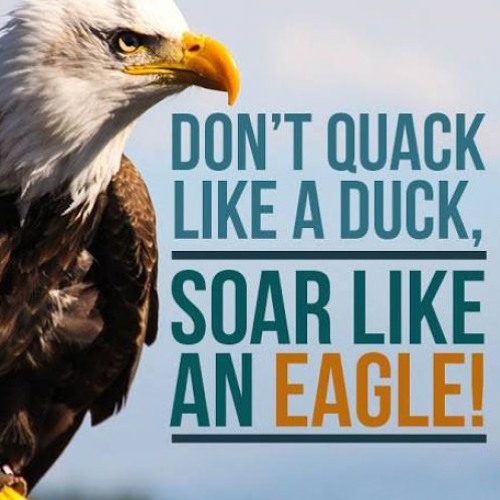My mentor John Maxwell says all the time that everything worthwhile in life is uphill. It’s uphill all the way. Our dreams, our relationships, our goals, and everything valuable in life are all uphill. That’s why you and I need to be super intentional because we only go uphill if we are intentional. The problem in today’s world is that people usually have uphill aspirations and downhill habits. You see, one can’t climb uphill with downhill habits. That is why most people don’t lead their lives; they accept life because they are not ready for an intentional upward journey, and they love to coast in their life.

The only way to go uphill is through self-leadership. Someone can’t have continuous success in life with downhill habits. It’s faster, easier, quicker downhill than it is uphill. If you have many uphill days and a few downhill days, they will cancel out all the uphill days. You will wipe out your 3 or 4 days of climbing with just one day of coasting. There is no such thing as accidental success in life. If I want to write a book, I should keep marching forward by writing one letter at a time.
Are you having uphill aspirations and downhill habits? It’s time for a reality check. You cannot become what you need by remaining who you are. It’s about time for you and me to stop waiting for the man or woman we want to become and start being the man or woman we want to be. No one ever improves by accident. Once you are done with your college education, you must take complete ownership of the personal development process since nobody else will do it for you.
Self-leadership is the bridge between intentions and actions. It makes habit your servant instead of your master. Let me tell you the strangest open secret of this world – either you pay now and play later or play now and pay later. No matter what life expects, you to pay. The question is whether you would like to pay on the front end or pay on the backend. The longer you wait to pay, the more you need to pay.
Uphill climbing Vs. Downhill sliding
- Everything worthwhile is uphill climbing, and nothing worthwhile is downhill sliding.
- You get wins by uphill climbing, and you will get losses by downhill sliding.
- You will be preparing by uphill climbing and repairing or fixing something by downhill sliding.
- High morale is uphill climbing, and low morale is downhill sliding.
- High self-respect is uphill climbing, and Low self-respect is downhill sliding.
- Self-improvement is uphill climbing, and no-improvement is downhill climbing.
- You are purposeful during uphill climbing, and you are aimless during downhill climbing.
- You are fulfilled during uphill climbing, and you are emptied during downhill climbing.
- You are making a difference during uphill climbing, and you are not making any difference during downhill climbing.
- Emotions without thinking are like downhill sliding, and emotions with right thinking are like uphill climbing.
Consistency is the prerequisite of excellence. Therefore my first and foremost advice to you is never to underestimate the compounding impact of consistency. If we don’t grow, the most significant loss in life will be at the end because that’s when all the compounding takes place. Therefore our future, our growth, depends on what we do daily.
Fish that move in the same direction and speed as the river are the dead ones floating on top. Fish have a mission, and they swim in the direction necessary to achieve their goals. Life is like a river that always flows onward, and we must choose to either “go with the flow” or swim in the direction we decide to achieve our purpose and goal in life.
Before you go…
If you enjoyed this post, you would love my book, “Don’t Coast”
Grab your copy from the below links:
- Amazon.in –> https://amzn.to/2COdigh
- Amazon.com –> https://amzn.to/397xwh4
- Amazon.co.uk –> https://amzn.to/2WFkfXV
- Notion Press –> https://notionpress.com/read/don-t-coast
- Flipkart –> https://bit.ly/3hxEWNx
You can subscribe to my social media channels:
- Facebook: https://www.facebook.com/kishoreborraofficialpage/
- LinkedIn: https://www.linkedin.com/in/kishoreborra/
- Instagram: https://www.instagram.com/kishoreborra/
- Twitter: https://twitter.com/kishoreborra
- Blog: https://kishoreborra.com/



